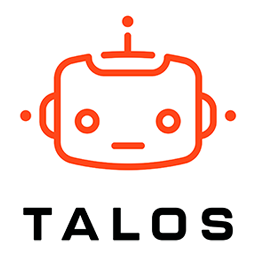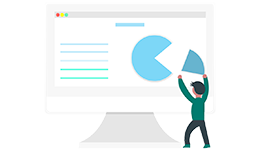
Published: 19 Mar 2019 | Author: James Beresford
Agile methodologies have a patchy track record in Data & AI projects. A lot of this is to do with adopting the methodologies themselves – there are a heap of obstacles in the way that are cultural, process and ability based. I was discussing agile adoption with a client who readily admitted that their last attempt had failed completely. The conversation turned to the concept of the Agile Zero Sprint and he admitted part of the reasons for failure was that they had allowed Zero time for their Agile Zero Sprint.
The reality of any technical project is that there are always certain fundamental decisions and planning processes that need to be gone through before any meaningful work can be done. Data Warehouses are particularly vulnerable to this – you need servers, an agreed design approach, a set of ETL standards – before any valuable work can be done – or at least without incurring so much technical debt that your project gets sunk after the first iteration cleaning up after itself.
So the Agile Zero Sprint is all that groundwork that needs to be done before you get started. It feels “un”-agile as you can easily spend a couple of months producing nothing of any apparent direct value to the business/customer. The business will of course wonder where the productivity nirvana is – and particularly galling is you need your brightest and best on it to make sure you get a solid foundation put in place so it’s not a particularly cheap phase either. You can take a purist view on the content from the Scrum Alliance or a more pragmatic one from Larissa Moss.
The structure part is actually pretty easy. There’s a set of things you need to establish which will form a fairly stable product backlog. Working out how long they will take isn’t that hard either as experienced team members will be able to tell you how long it takes to do pieces like the conceptual architecture. It just needs to be run like a long sprint.
Selling it as part of an Agile project is a bit harder. We try and make this part of the project structure part of the roadmap we lay out in our Data & AI strategy. Because you end up not delivering any business consumable value you need to be very clear about what you will deliver, when you will deliver it and what value it adds to the project. It starts smelling a lot like Waterfall at this point, so if the business is skeptical that anything has changed, you have to manage their expectations well. Be clear that once the initial hump is passed, the value will flow – but if you don’t do it the value will flow earlier to their expectations, but then quickly after the pipes will clog with technical debt (though you may want to use a different terminology!)

Get the latest Talos Newsletter delivered directly to your inbox
Automation & Analytics Technologies for Business

Specialising in all compliance related processes, she has been trained to quickly learn specific compliance processes.

Enable self service analytics to meet the needs of the whole organisation with our proven methodologies.

Specialising in all customer-related processes, she has been trained to quickly learn specific customer processes.

Build, test and implement Data Platform components - secure, efficient, flexible and cost effective.
